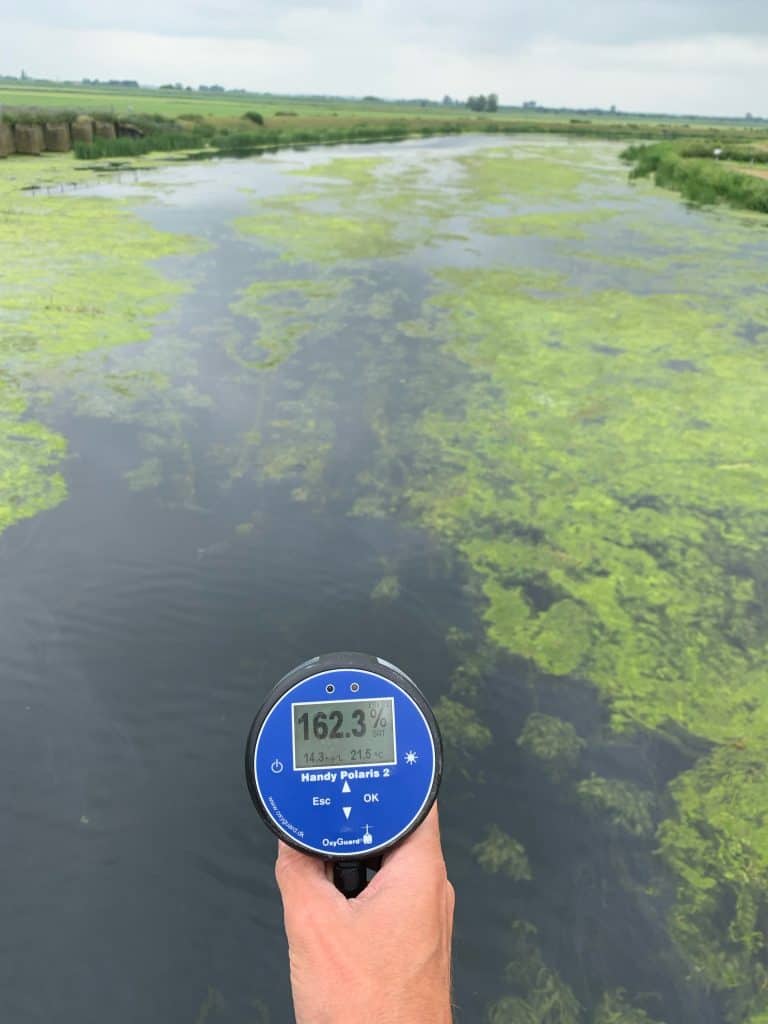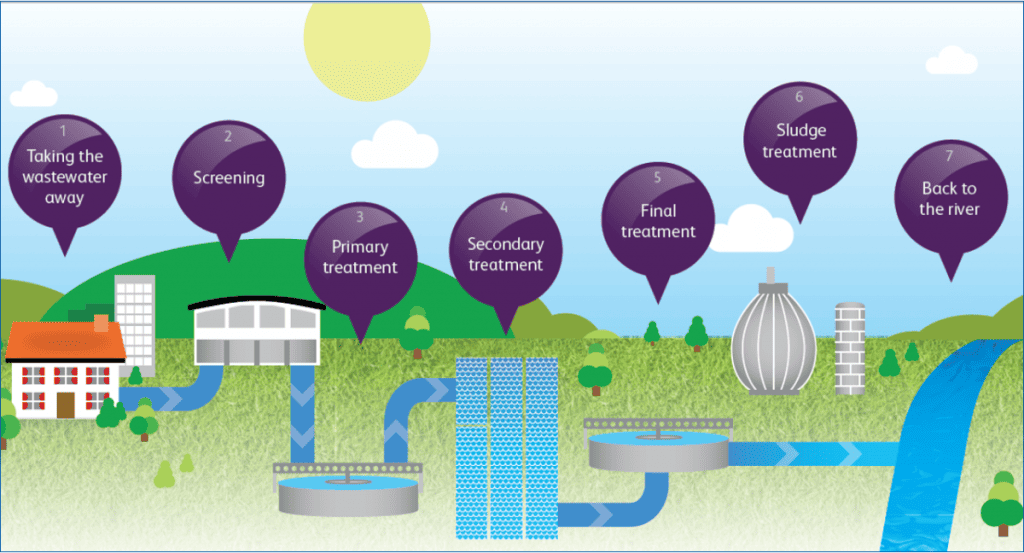The last few summers have seen weed clogging the Welland around Crowland and last week a number of Bream died in this stretch.
What is the cause?
The large amounts of weed and algae are a result of 4 factors coming together
Long sunny days
High water temperature
Low water flow
High levels of nutrients in the water
These together encourage rapid growth of weed and algae in large mats covering the water surface.
This is called eutrophication, Greek word for ‘ well fed’ or water that has a lot of nutrients.

Why does this happen?
The sunshine hours and water temperature are related and due to nature and cannot be controlled.
Low water flow is partly man made due to the abstraction of water for industry and farming at a time when river levels are lower. See data below, however on the Welland abstraction is restricted other than for Public Water Supply at Tallington.
The high levels of nutrients is entirely man made and come from two main sources, sewage treatment works and wash off from agricultural land.
The main element is Phosphorus ( P ) along with Nitrogen (N) which promotes growth in plants, and is used in many types of fertilizers. From the soil Phosphorus enters our food and we digest and excrete it.
Why do the fish die?
The rapid growth of weed and algae generates lots of oxygen during the day via photosynthesis but this process is reversed at night and oxygen is removed in large amounts. This is what kills the fish, lack of oxygen in the water.
What can anglers do?
In the short term, nothing but report incidents to the Environment Agency.
The hot sunny periods affect all slow flowing rivers so the EA would have a massive task to remove weed and algae from all affected rivers.
In the longer term reduce personal water consumption and be prepared to pay more for your food and water services.
Farmer are pushed to produce higher yields to keep food prices low so have to fertilize.
Water companies have to invest so your water bills will have to go up.
How do we reduce Phosphorus getting into the water?
The wash off from agricultural land is one source and farmers have been encouraged to reduce reliance on Phosphorus fertilizers or apply them correctly.
They have been used heavily from the 1950’s to 1980’s so even stopping all use now will mean Phosphorus is washed into rivers from accumulations in the soil from the past.
Farmers are also encouraged to plant trees and bushes along river margins, so called Riparian Buffers. The trees and shrubs soak up the nutrients before they reach the river.
The other source of Phosphorus is from sewage treatment discharge.
The biggest contributor of Phosphorus in sewage is human waste.
In a recent Environment Agency study all rivers in the UK have sufficient Phosphorus in them 365 days a year to trigger weed and algae growth, it just needs the right amount of sun and low flow to start the process.
The problem is UK wide and in response the Environment Agency is working with water companies, and they have earmarked £1.6bn to remove Phosphorus from all sewage treatment works outflows from 2020 to 2027. This is across 5500km of UK rivers reducing Phosphorus inflow by 88%.
Read the 2019 EA report on Phosphorus – https://bit.ly/3qqmrAt
Read the 2019 EA report on climate change and eutrophication – https://bit.ly/3wK6uHF
Read the Welland Catchment Abstraction Licensing
Strategy – here
Read About Angling Trust take EA & DEFRA to court over pollution – here
What is Anglian Water Doing about Phosphorus?
The published 2020-2025 expenditure plan includes £8 million for sewage treatment works growth and approximately £6 million on schemes to increase flows and storage.
This in reality means investment in 160 new or upgraded phosphorus removal plants and 126 phosphorus removal plants using chemical or physical treatment solutions.
Water Abstraction in Anglian Region by use – million cubic metres
| Year | 2000 | 2017 |
| Public water supply | 759 | 753 |
| Spray irrigation | 68 | 53 |
| Agriculture (excl. spray irrigation) | 10 | 3 |
| Electricity supply industry | 7 | 138 |
| Other industry | 73 | 42 |
| Fish farming, cress growing, amenity ponds | 58 | 19 |
| Private water supply | 1 | 1 |
| Other | 0 | 2 |
| Total | 977 | 1012 |

